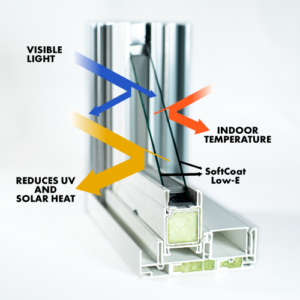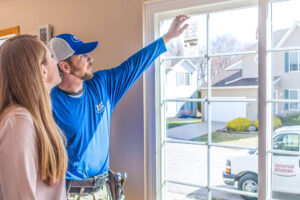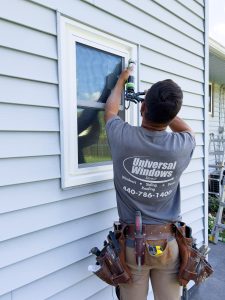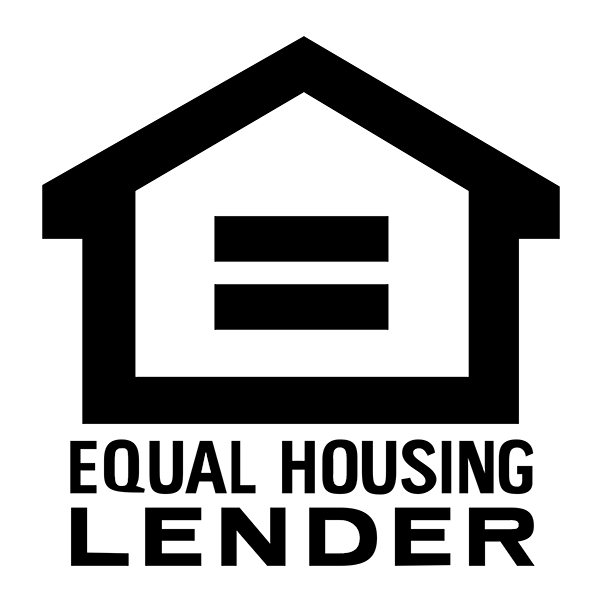Five Reasons to Replace Your Windows in the Summer
Are you tired of high energy bills in the summer months? Did you know that replacing your windows can help you save money and keep your home cool? In fact, heating and cooling account for over half of a household’s energy costs, making it essential to find ways to reduce this expense. Here are the top five reasons to replace your windows in the summer.
Replace Windows in the Summer Enhanced Insulation and Energy Efficiency with Vinyl Windows
Vinyl replacement windows are an ideal choice for a cooler home in the summer, especially if the frames contain chambers for extra insulation. By insulating these pockets, cool air can’t escape through the window frames, making it easier to maintain a comfortable temperature in your home. Vinyl frames also help reduce heat transfer, resulting in a cooler home during the hottest days.
Low-E Technology for Reduced Heat Transfer
Low-E, or low emissivity, is a colorless and odorless application that is thinner than a single human hair. Applied to the glass during manufacturing, Low-E is one of the best solutions for reducing heat transfer through a window. It helps keep the home cool by controlling heat transfer via conduction and radiation. With older windows, heat transfer via radiation is allowed to pass through since there is no coating to stop it. Low-e technology blocks radiation from making your home too warm and helps reduce UV damage in the home, such as fading floors and furnishings.

Replace Extra Insulation with Argon Gas
During manufacturing, manufacturers insert Argon gas, an odorless and colorless gas denser than air, between the glass panes. Both argon and krypton gases provide insulation properties that keep the home at a consistent temperature, whether it’s 5 degrees or 85 degrees. Combining argon gas with Low-E glazing brings the temperature of the window closer to the temperature of your living space, creating a cool and comfortable environment for your home.
Choose to Replace Your Windows in the Summer with the Right SHGC Rating
Solar Heat Gain Coefficient, or SHGC, measures the amount of solar radiation that makes its way through a window’s glass unit. This rating ranges between 0 and 1, with a lower number indicating less solar heat transmission. Choosing and replacing windows in the summer with the right SHGC rating helps prevent heat gain, keeping your home cooler and reducing energy costs.

Professional Window Installation for Energy Savings
Improper installation will prevent even the most energy-efficient windows from keeping your home cool. Incorrect installation leads to a myriad of problems, including energy loss due to air escaping through the sash, frames, and where the sash meets the sill. To ensure your windows are installed correctly and maximize your energy savings, it is essential to hire a professional window installation company to replace your windows in the summer.

How Much Can You Save with Energy-Efficient Replacement Windows in the Summer?
While it’s impossible to put an exact dollar amount on your savings with new windows, Energy Star® provides estimates based on climate zones. Northern zone climates, such as New England, the Midwest, and the Pacific Northwest, have the greatest energy savings potential.
Lower your energy bills by replacing windows in the summer and all year long with UniShield® window replacement from Universal Windows Direct. Learn more about how UniShield® windows keep your home energy efficient here!


